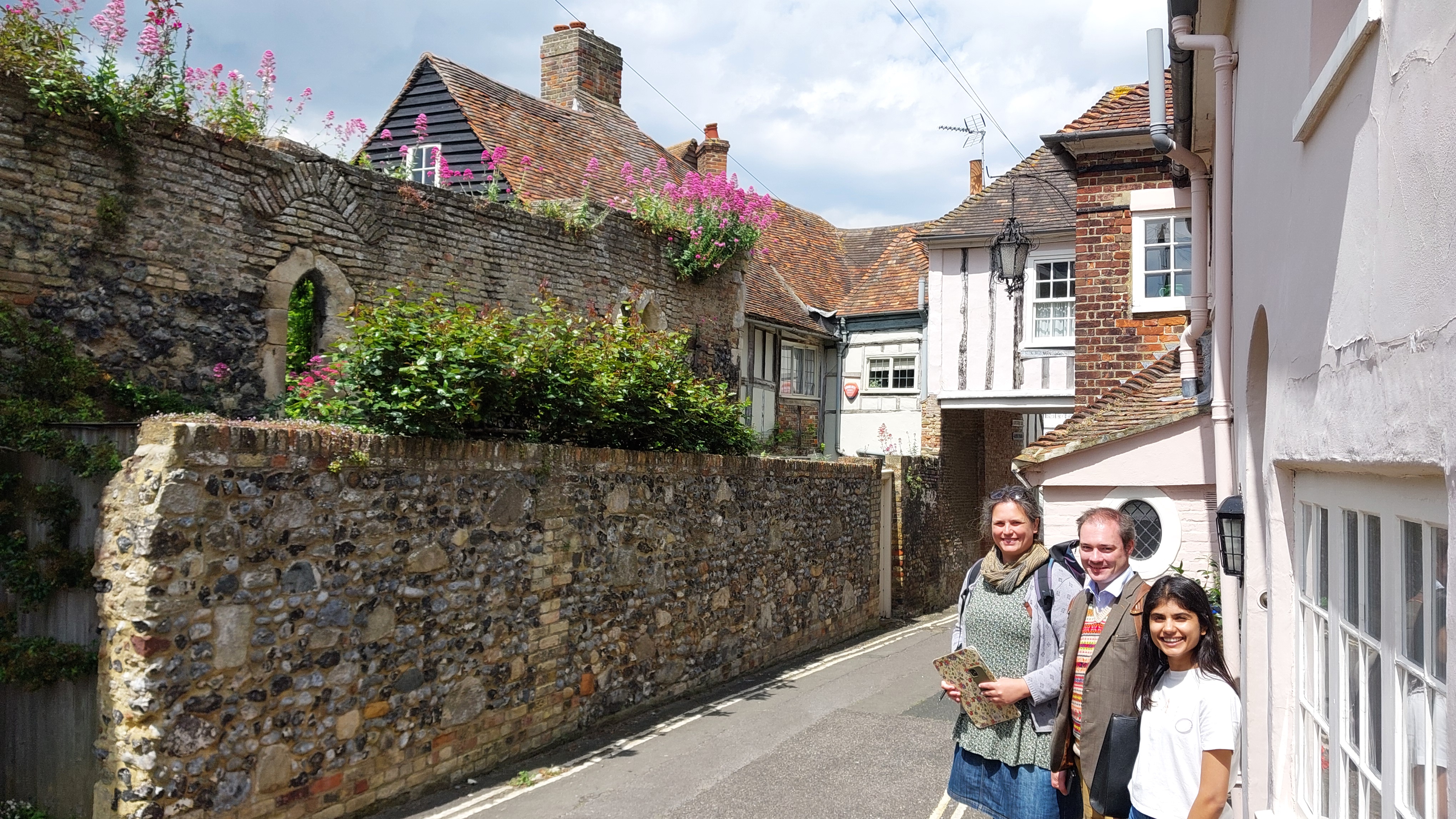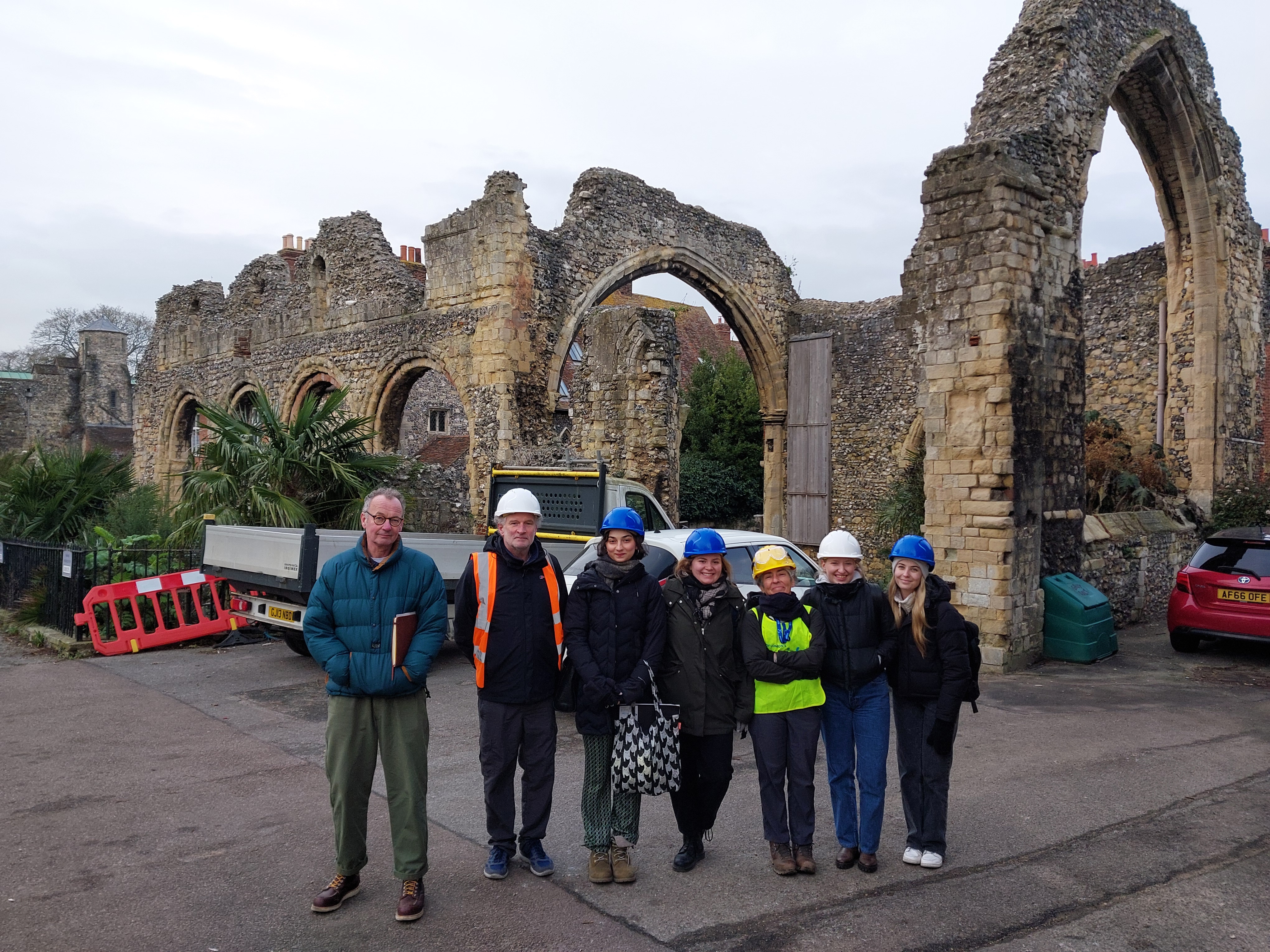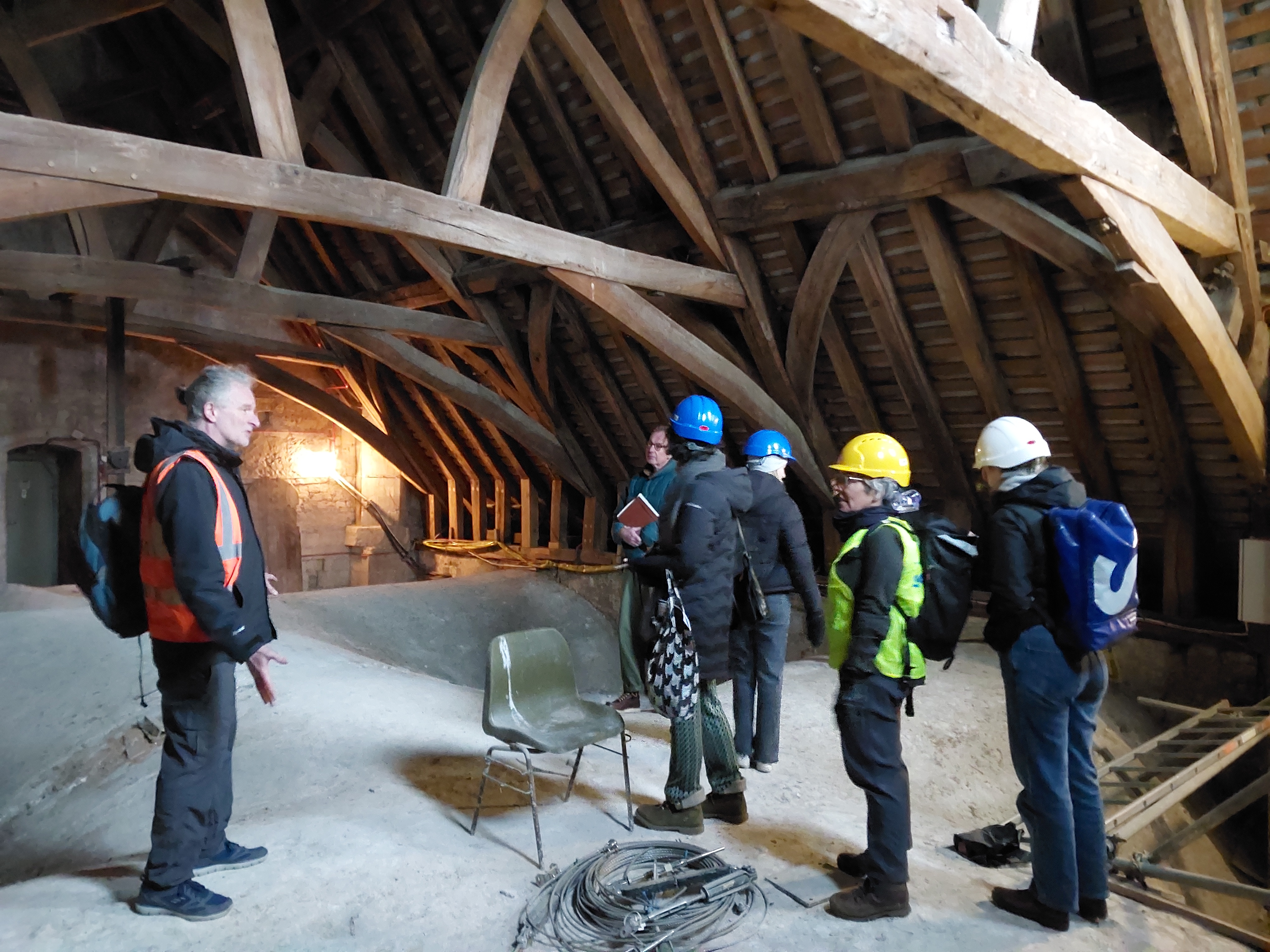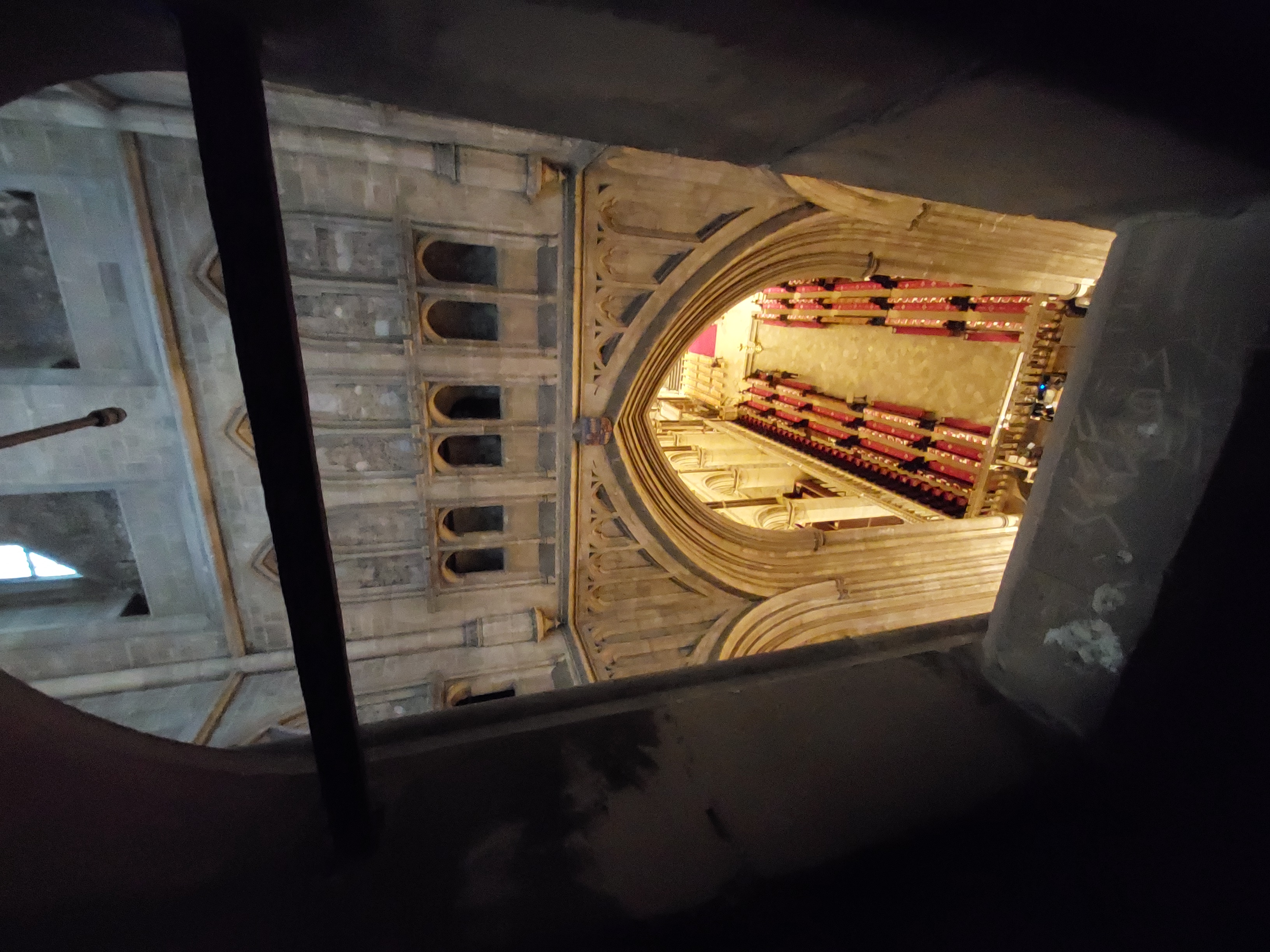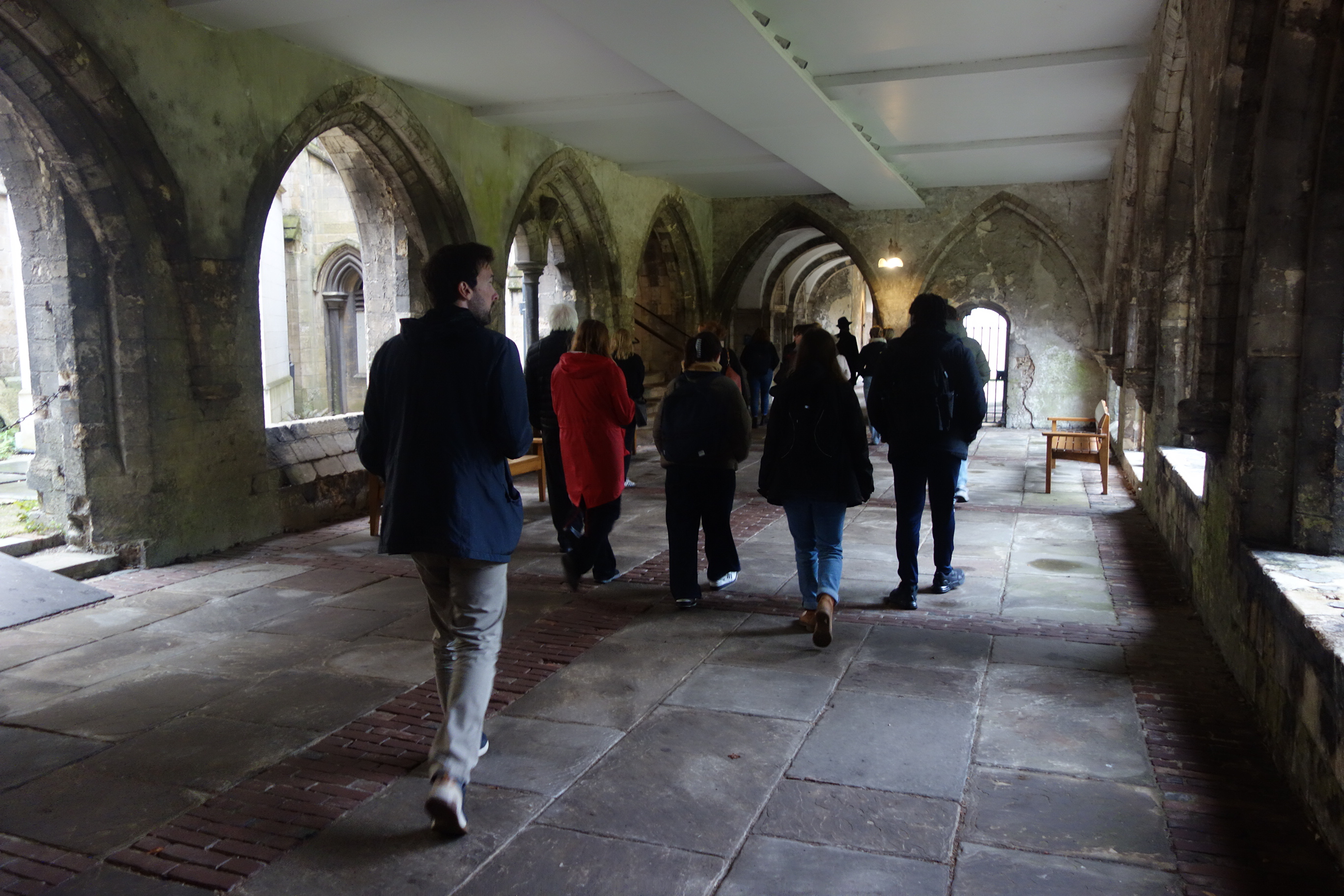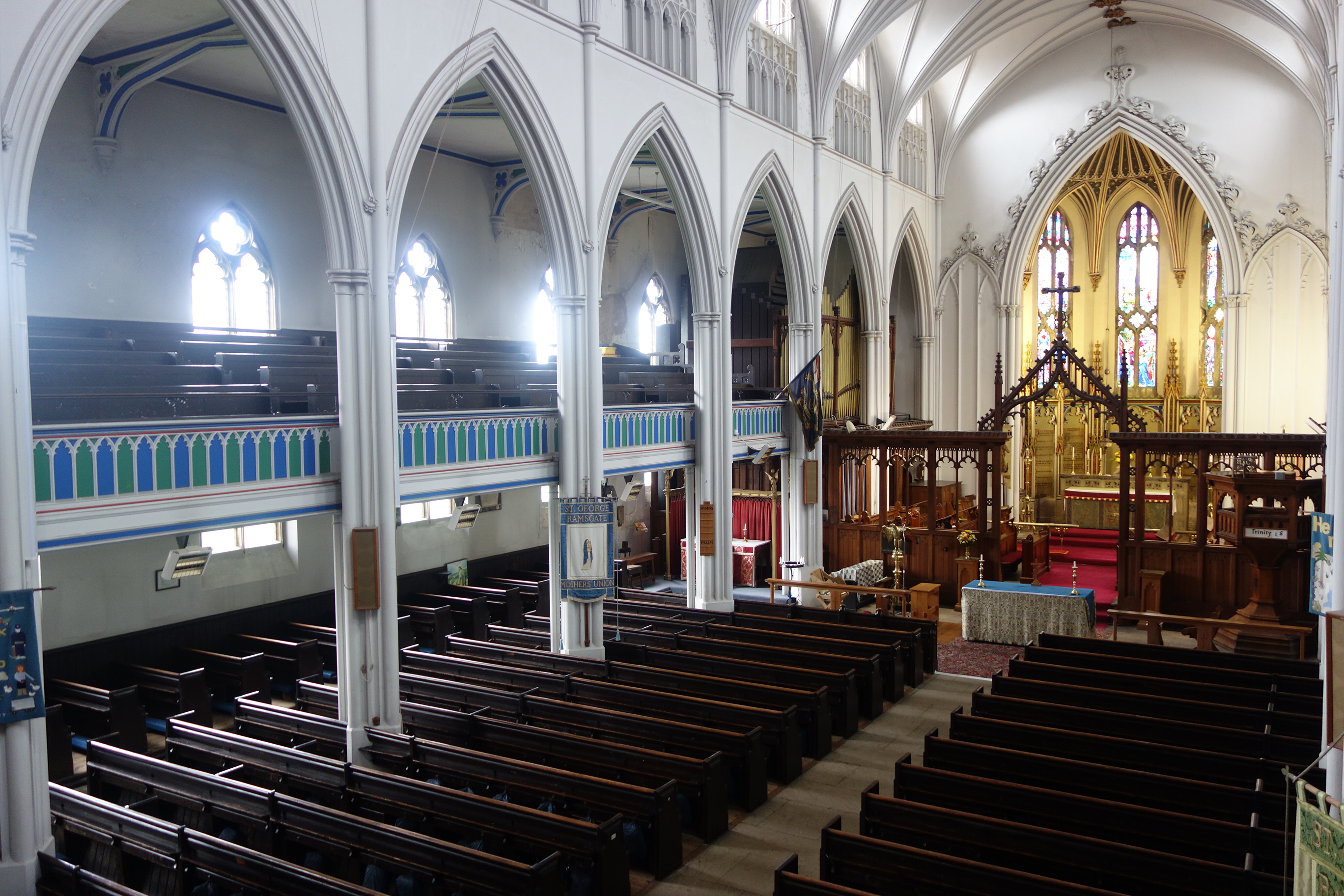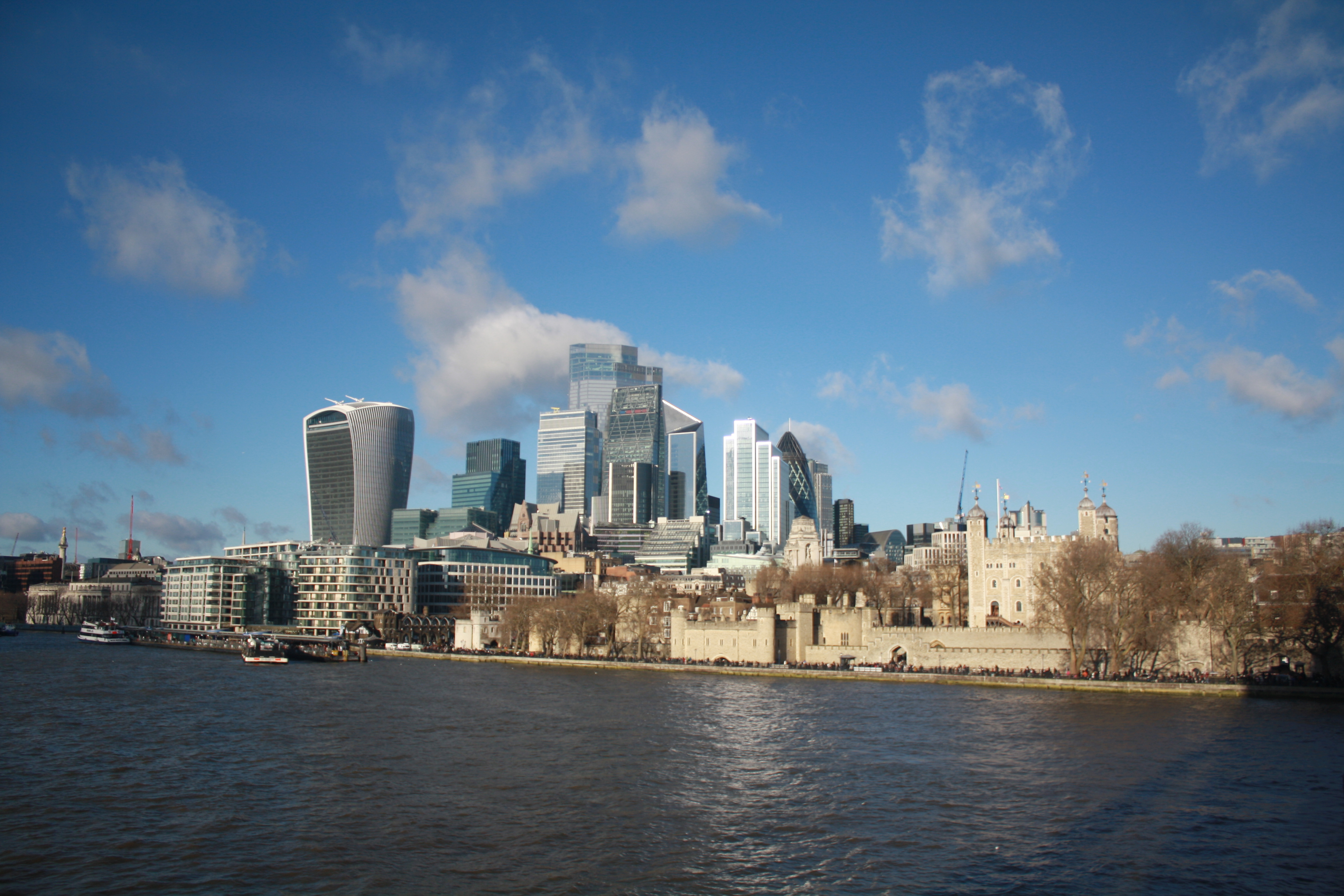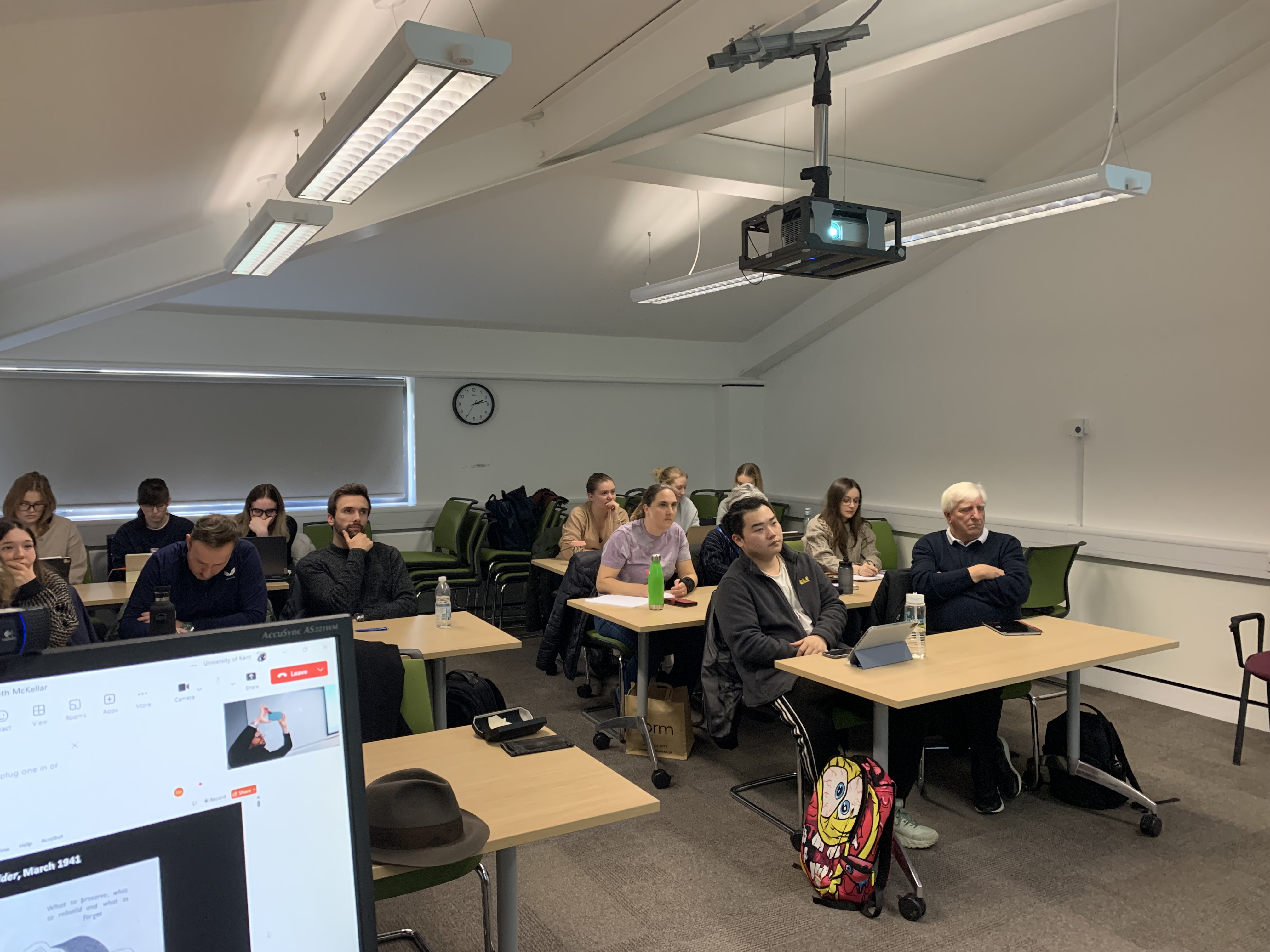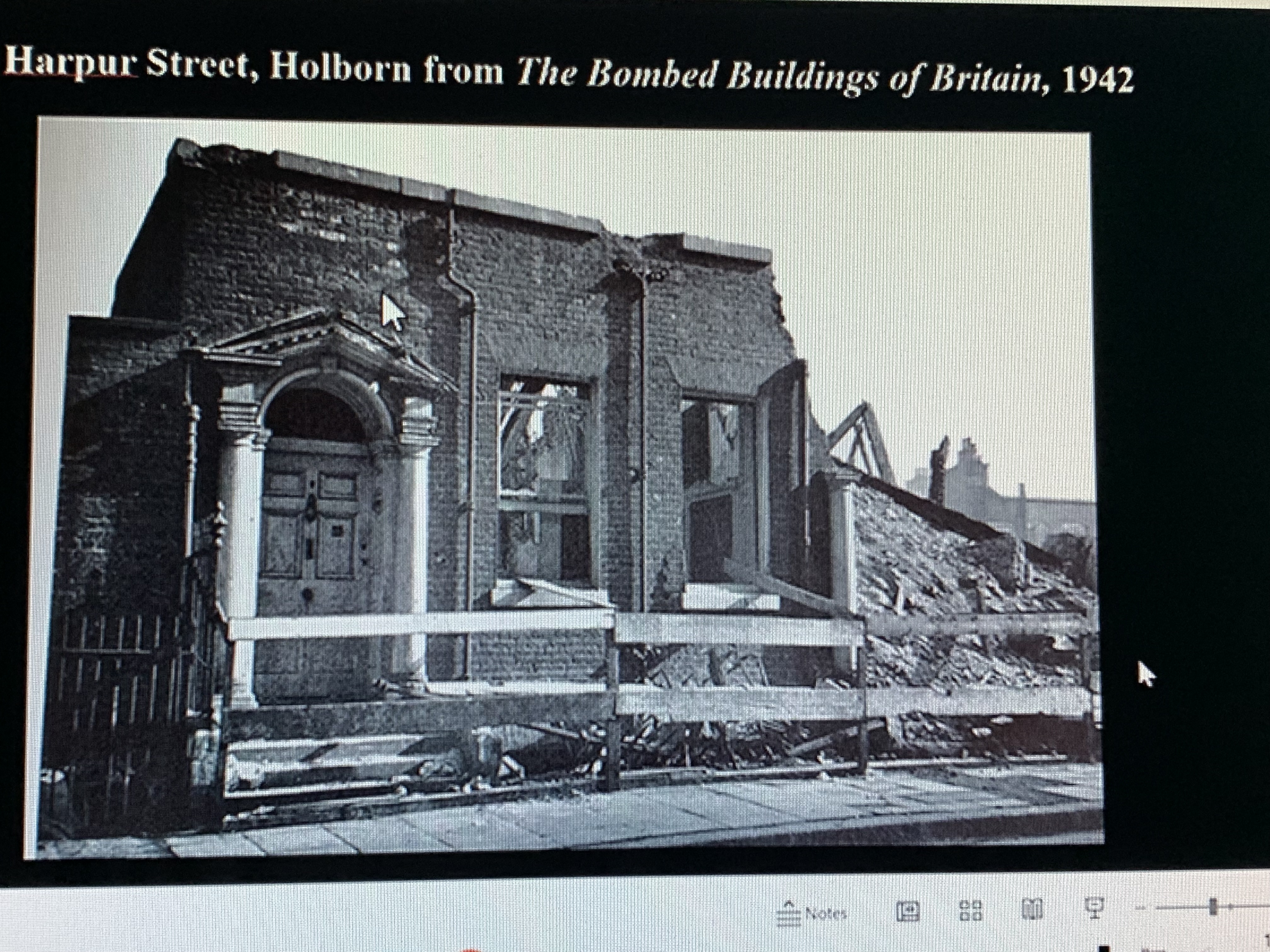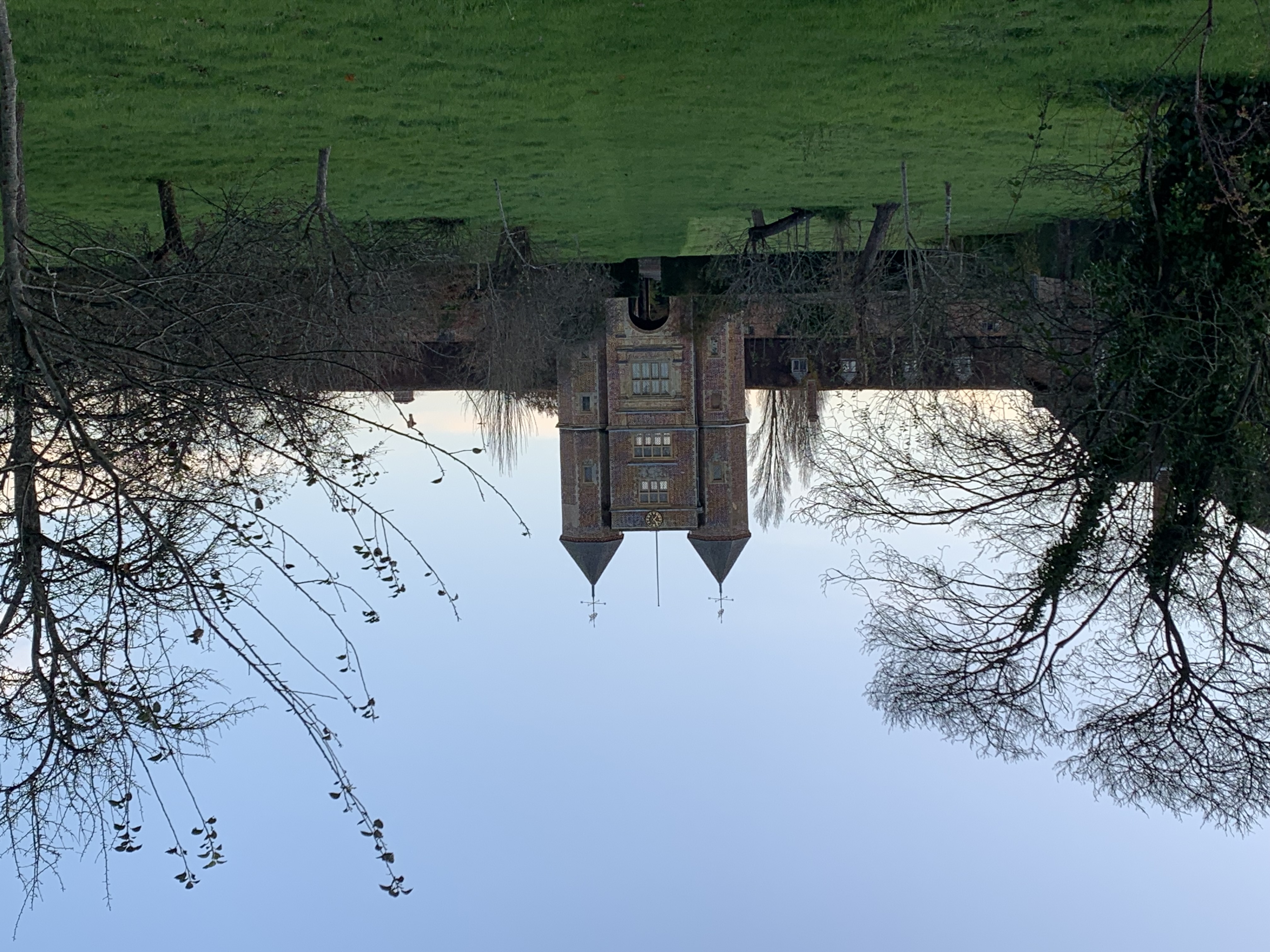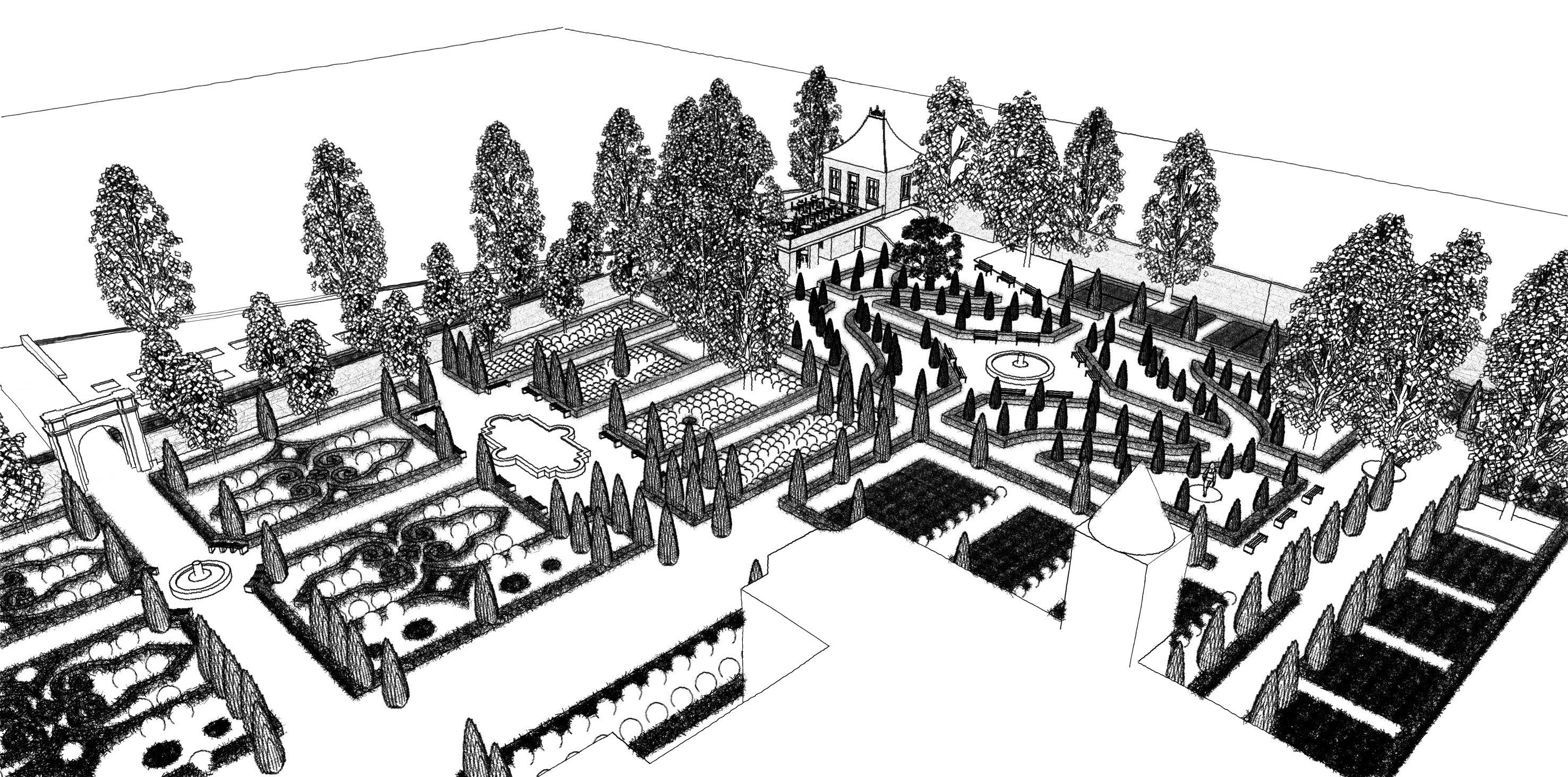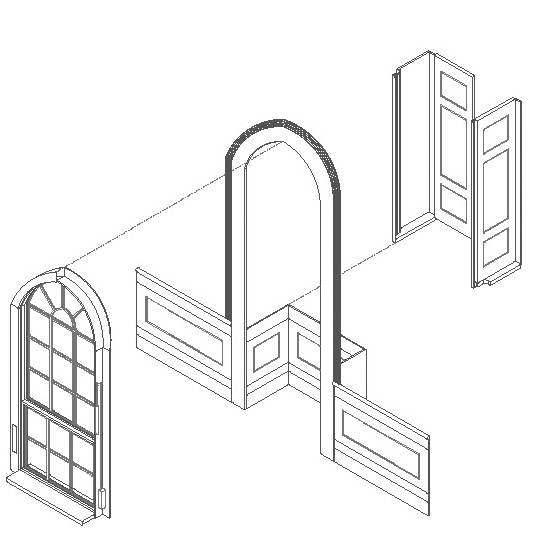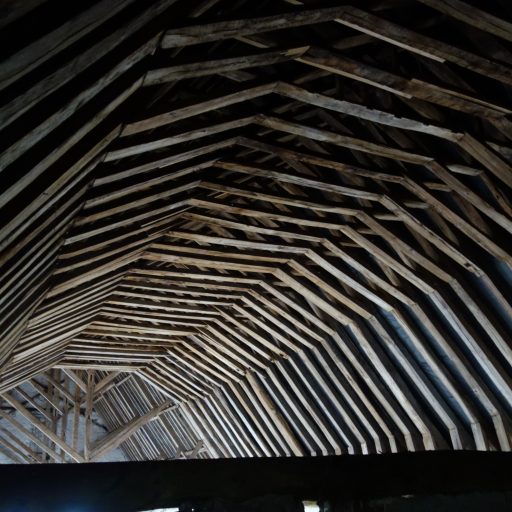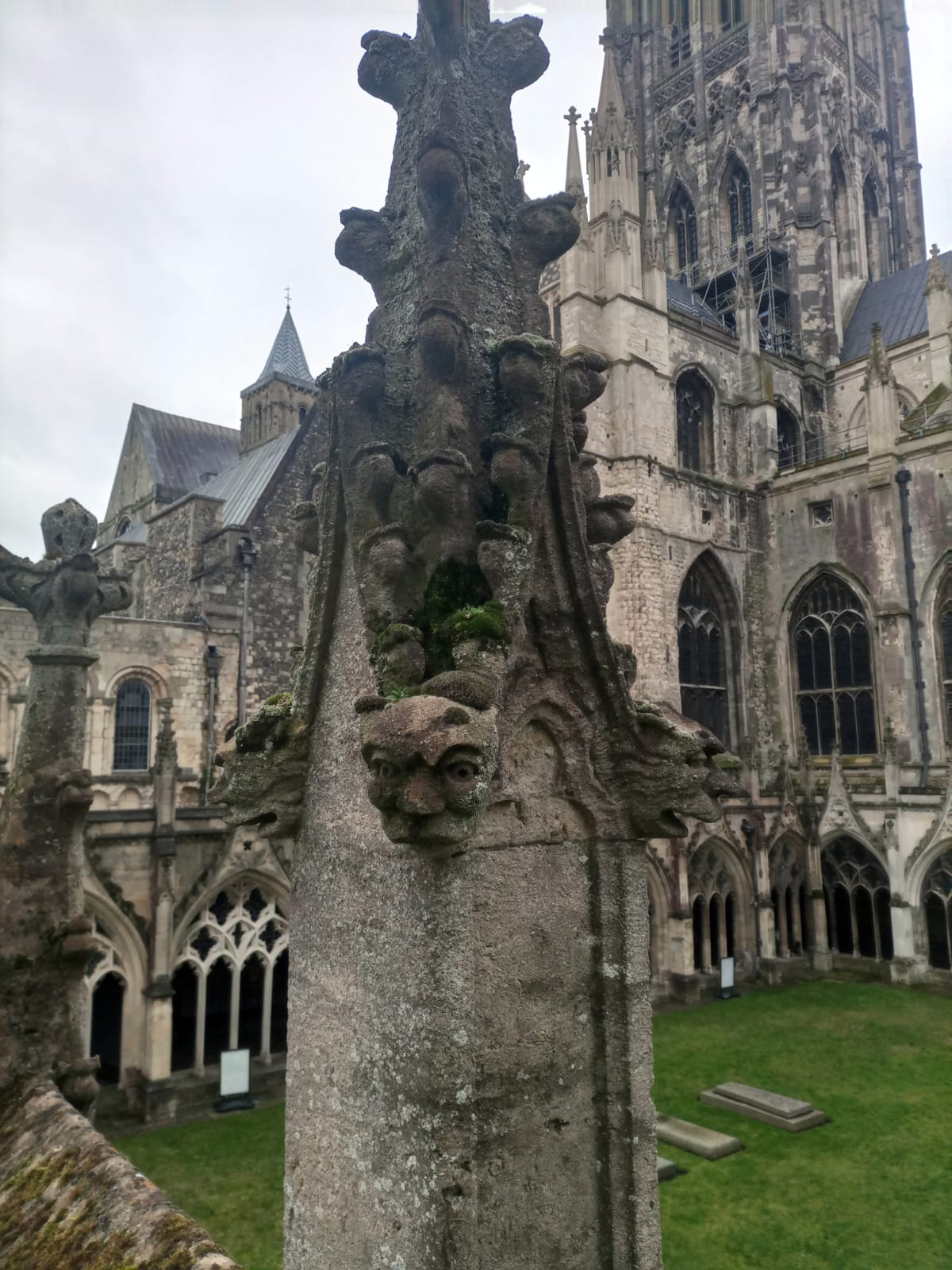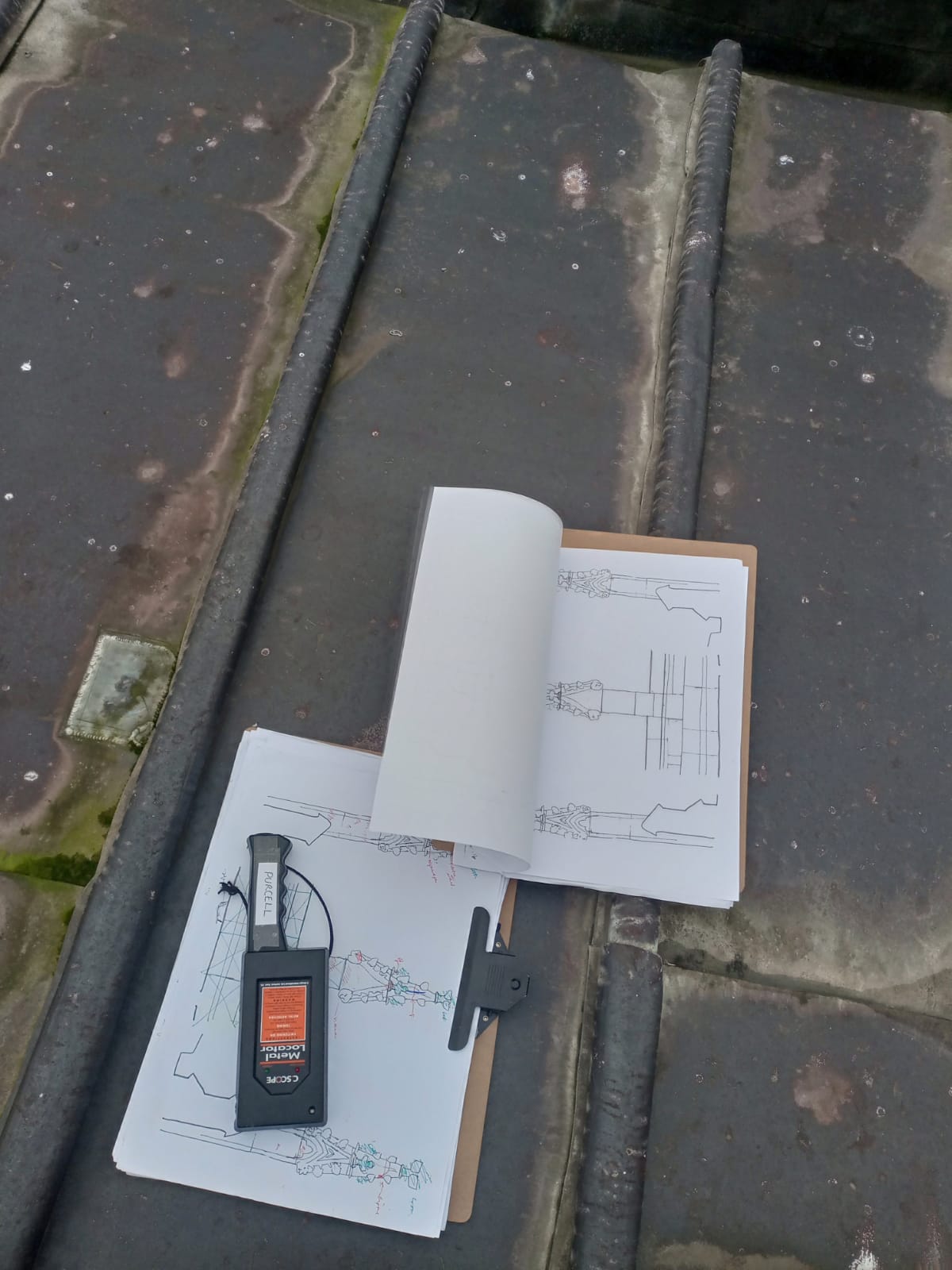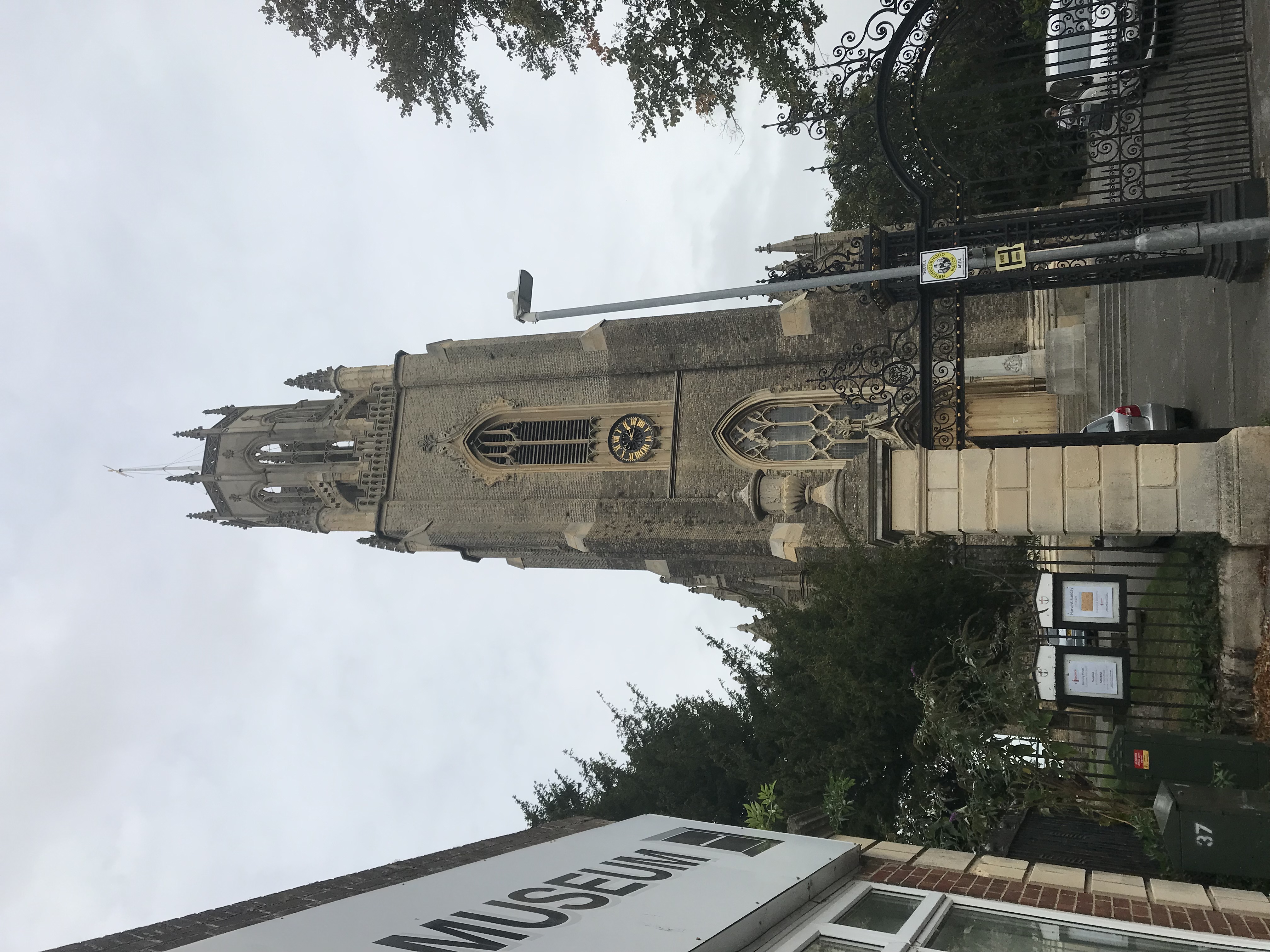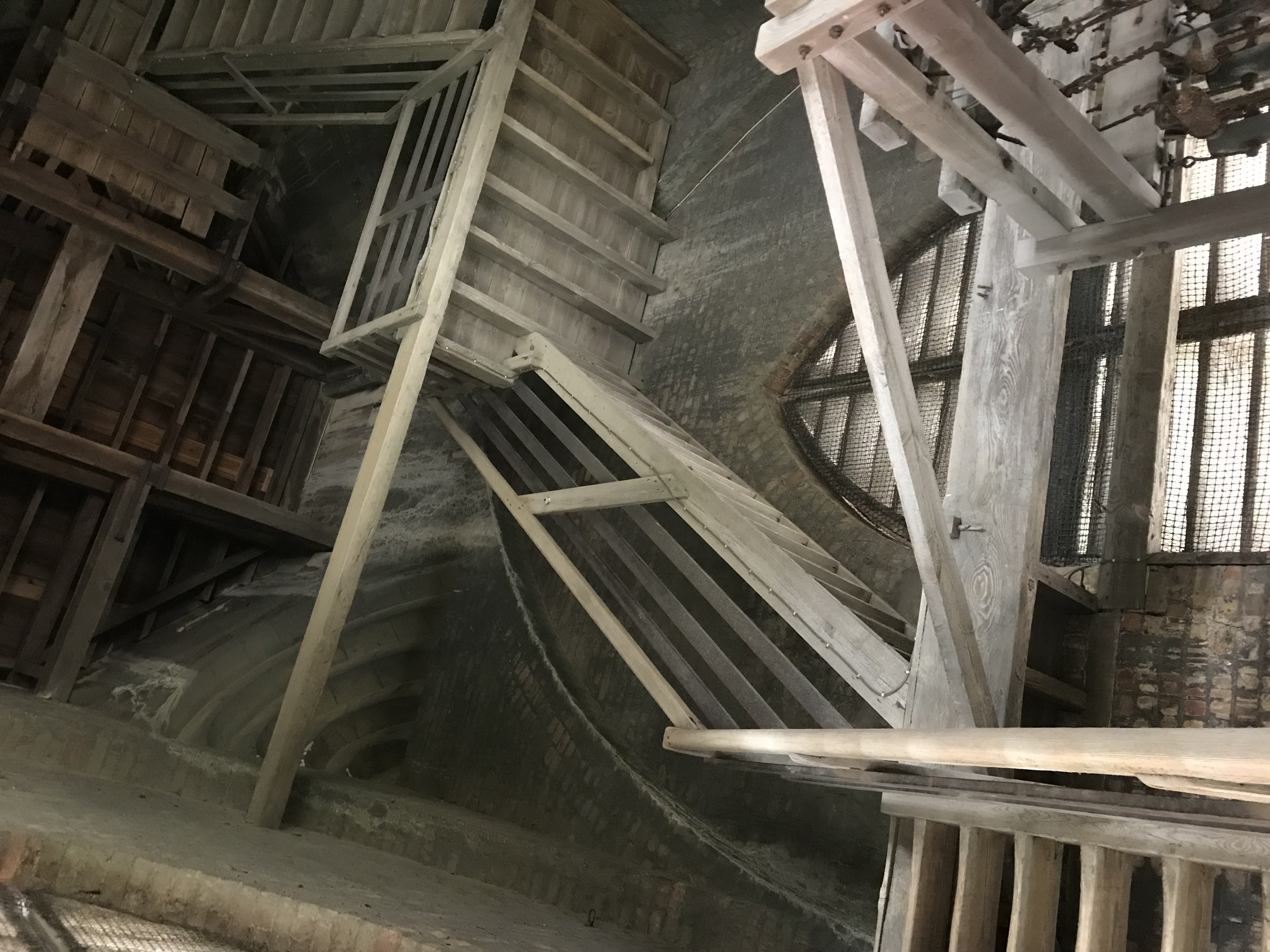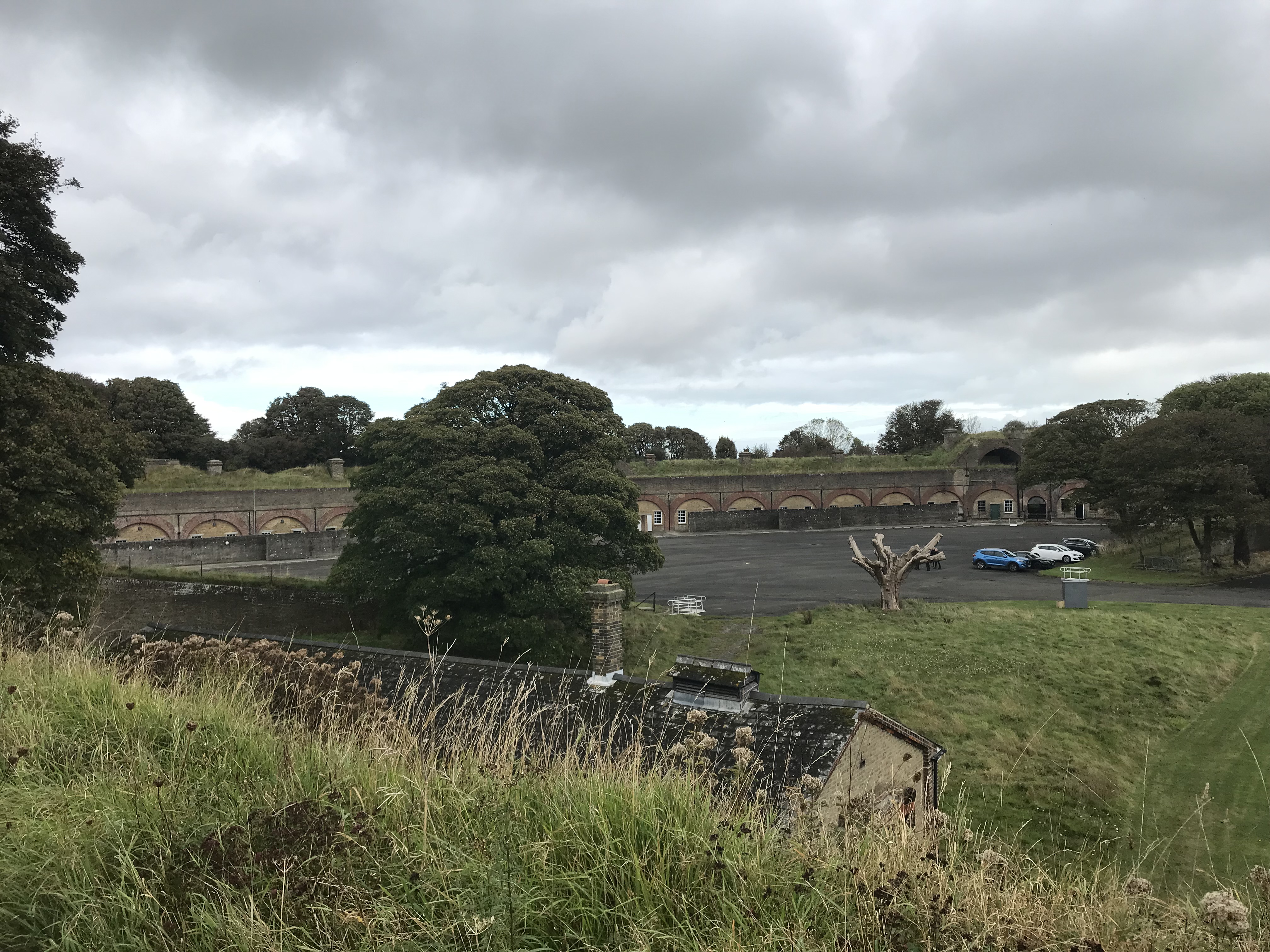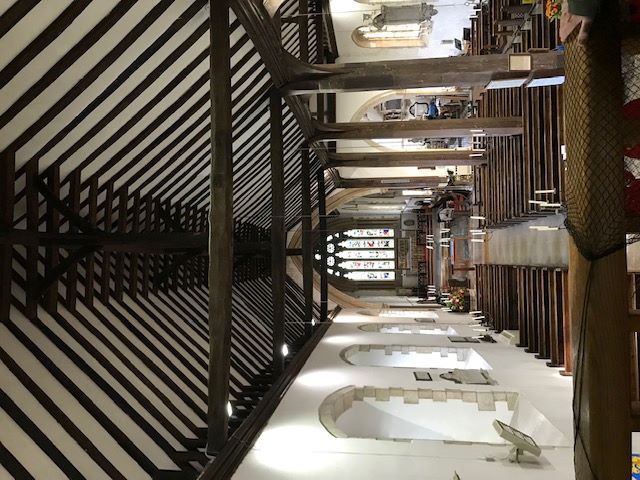Is the MSc programme in Architectural Conservation suitable for a busy professional? Current student Danielle Dunn, writes:
Having worked for twenty years in a professional environment, in addition to having the responsibilities that often come with getting older, it took me nearly five years to take the plunge and apply for the MSc in Architectural Conservation at the University of Kent. But halfway through my first year of the part-time course I couldn’t be more pleased with my decision, and any negative thoughts about going back to education have been weighed against a positive drive to make this work. While it is still early days in my studies, I’m pleased to say I am managing to spin all the plates!
As an RTPI chartered Planning Consultant, I had long considered that membership of the Institute of Heritage Building Conservation (IHBC) would be the next step in my career, as I am particularly interested in becoming a Planner with a heritage specialism. I initially considered several different IHBC accredited courses, all of which had slightly different delivery methods. But I eventually chose the Kent University IHBC course as I felt it was better suited to students from a wider range of backgrounds. It definitely isn’t just for architects or skilled heritage craftsmen, plus it can be taken on a part-time basis.
Whilst undertaking the course, I am still working part-time as a private sector Planner, and I am still able to do the school run. I have even managed to get my children interested in heritage hunting, as I have taken them along to look at case studies for my assignments and we also discuss different heritage buildings as we walk to school. Not to mention, the dog is getting more interesting walks as she is now taken around heritage sites in the local area!
The Conservation Principles module was the first module of the part-time course and the large group of students on the course, from every background, gave for interesting seminar debates. For those of us who have worked in industry, we felt valued for our contributions, and those that may be undertaking the Master’s straight from an undergraduate degree also contributed by having a much more in-depth understanding of the current university sector.
Going back to university after a long absence has been both novel and interesting. I’ve found that the facilities are so much more accessible than the ‘olden days’, e-books, online journals and online submissions are the norm now and having everything very accessible makes the course easier for those with other demands in life.
There is no more fighting over the single copy of the book in the library or working out how I am going to hand deliver an assignment to the faculty office by the deadline. For some perspective, I was still handing hard copies of essays into a London University in 2010, when I studied for my Planning MSc, and when I did my undergrad degree, we didn’t even have the internet in our halls of residence!
When you have been out of the higher education system for so long, it slips you by how far things have moved on. I wish I had considered this when I spent all those years contemplating whether I should take a course or not, as I think the sector is now more geared towards allowing everyone to reach their full potential.
So, if you are also considering taking the plunge I would definitely say, do it. I certainly wish I had done it sooner.
